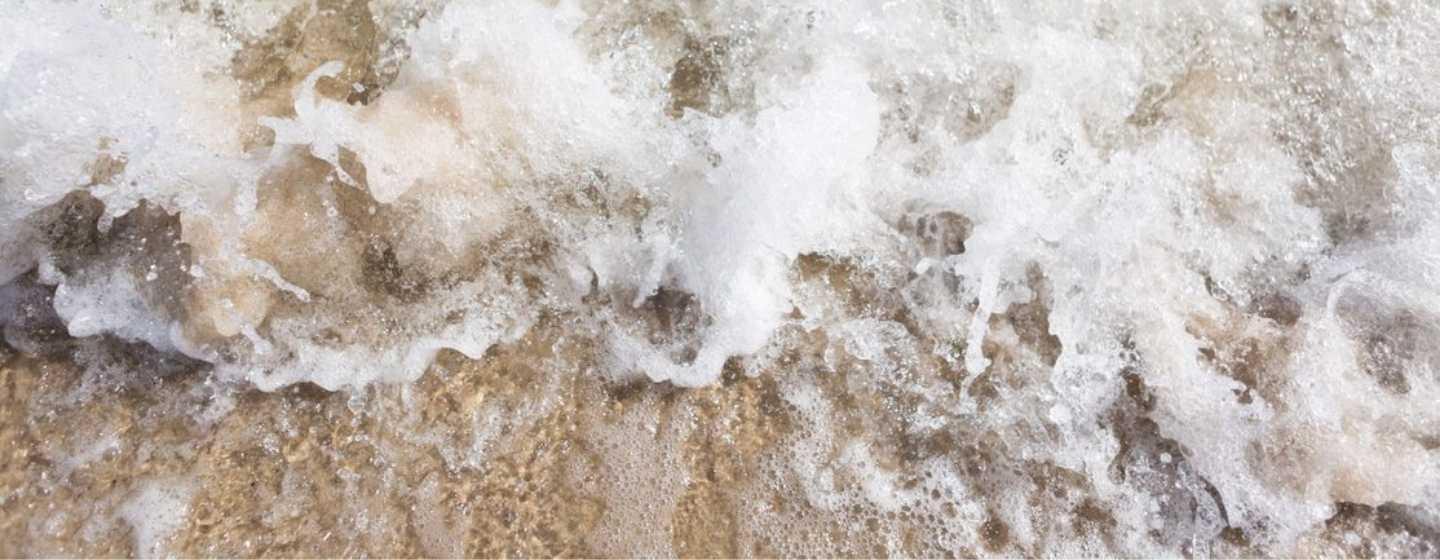Storm Surge Awareness Program


Most people know to take hurricane watches and warnings seriously—keep an eye on the storm, make preparations, gather supplies and evacuate, if needed.
The fierce winds and huge, crashing waves that hurricanes deliver can be terrifying and dangerous. But scientists say the winds and waves are not the deadliest part of the massive storms.
“The storm surge and the flooding are the most hazardous and deadliest part of the storm,” said Rick Leuttich, PhD, a Coastal Physical Oceanographer and Director of the University of North Carolina Institute of Marine Sciences in Morehead City. Leuttich helped develop the storm surge models used by the National Hurricane Center.
“Climate change is making storm surge warnings even more important because sea levels are rising, the oceans are getting warmer and all those factors make hurricanes stronger,” adds Leuttich. “Add to that, hurricanes are also moving slower and getting wetter.”
This means storms are sitting for longer periods of time over areas in their path. That increases the damage by sending more rain and dangerous storm surge into an area.
To help educate residents and visitors about the dangers of storm surge, Dare County partnered with the National Hurricane Center on a unique storm surge awareness campaign.
Brightly colored poles have been placed at 27 locations around the Outer Banks, from the Town of Duck to Hatteras Village. Locations include beach and sound access points, town halls, the ferry terminal and other public buildings.
Each color on the pole represents three feet of water above ground level. There’s a display installed next to each pole explaining how the colors correspond with the NHC’s flood inundation map.
“This provides a good visualization of what a storm surge forecast means,” said Drew Pearson, Dare County Emergency Management Director. “Now when people hear there will be an expected storm surge of one to three feet, they can see what that will look like and how severe it will be. I hope every resident and visitor who sees one of these poles will better understand what they need to do when the storm surge forecast is issued to protect their lives and property.”
“The slower, larger hurricanes mean more damage, more loss of life and longer recovery times,” said Jamie Rome, Director of the National Hurricane Center. “That’s why storm surge is now an integral part of our hurricane forecasts, showing how high the storm surge is expected to be and how far inland the waters will rise.”